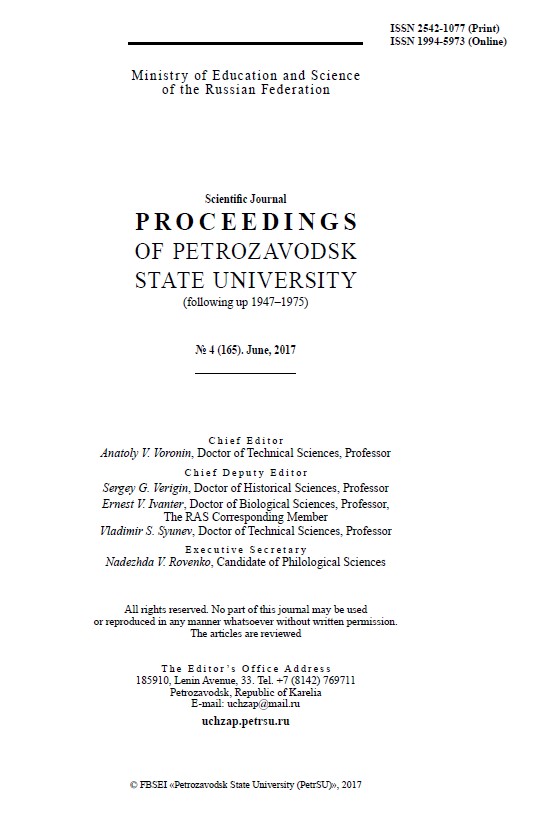СТРУКТУРНО-ФУНКЦИОНАЛЬНЫЕ ОСОБЕННОСТИ ФОТОСИНТЕТИЧЕСКОГО АППАРАТА РАСТЕНИЙ СЕМЕЙСТВА PYROLACEAE В ТЕХНОГЕННЫХ
МЕСТООБИТАНИЯХ
STRUCTURAL AND FUNCTIONAL FEATURES OF PHOTOSYNTHETIC APPARATUS IN PYROLACEAE FAMILY PLANTS FROM TECHNOGENIC HABITATS
Author(s): Nadezhda V. Chukina, Natalia V. Lukina, Galina G. Borisova, U. S. YarinaSubject(s): Physical Geopgraphy, Environmental Geography, Human Ecology
Published by: Петрозаводский государственный университет
Keywords: Pyrolaceae; ash dump; technogenic substrates; leaf mesostructure; photosynthetic pigments;
Summary/Abstract: The aim of this work was to study the structural and functional parameters of the photosynthetic apparatus in some plants’ species of the Pyrolaceae family growing in the transformed ecosystem (the ash dump of Verkhnetagilskaya State District Power Plant, Sverdlovsk Region). The objects of the research: Pyrola rotundifolia L., Pyrola media Sw., Pyrola chlorantha Sw., Chimaphila umbellata (L.) W. Barton. The following parameters were studied: the area and the leaf blade thickness, the mesophyll and epidermis thickness, the volume and number of mesophyll and chloroplast cells, and the photosynthetic pigments’ content. The comparative analysis of the analogous parameters in the same species of Pyrolaceae from natural habitat (biological station of the Ural Federal University) was carried out. The research did not reveal any significant differences in the studied species from the natural and technogenic habitats: in the leaf blade area and thickness, in the mesophyll and epidermis thickness, and in the volume of cells. In most cases, an increase (by 56 %) in the number of chloroplasts per unit leaf area and chlorophyll b content (2−5 times) was noted in plants on technogenic substrates. The content of carotenoids in plants at the ash dump was significantly lower (on an average 2 times) than in the natural habitat, but the ratio characterizing the proportion of the antenna forms of photosynthetic pigments did not change. The research allows us to conclude that the studied species successfully adapted to technogenic habitat.
Journal: Ученые записки Петрозаводского государственного университета
- Issue Year: 2017
- Issue No: 4 (165)
- Page Range: 81-89
- Page Count: 9
- Language: Russian

